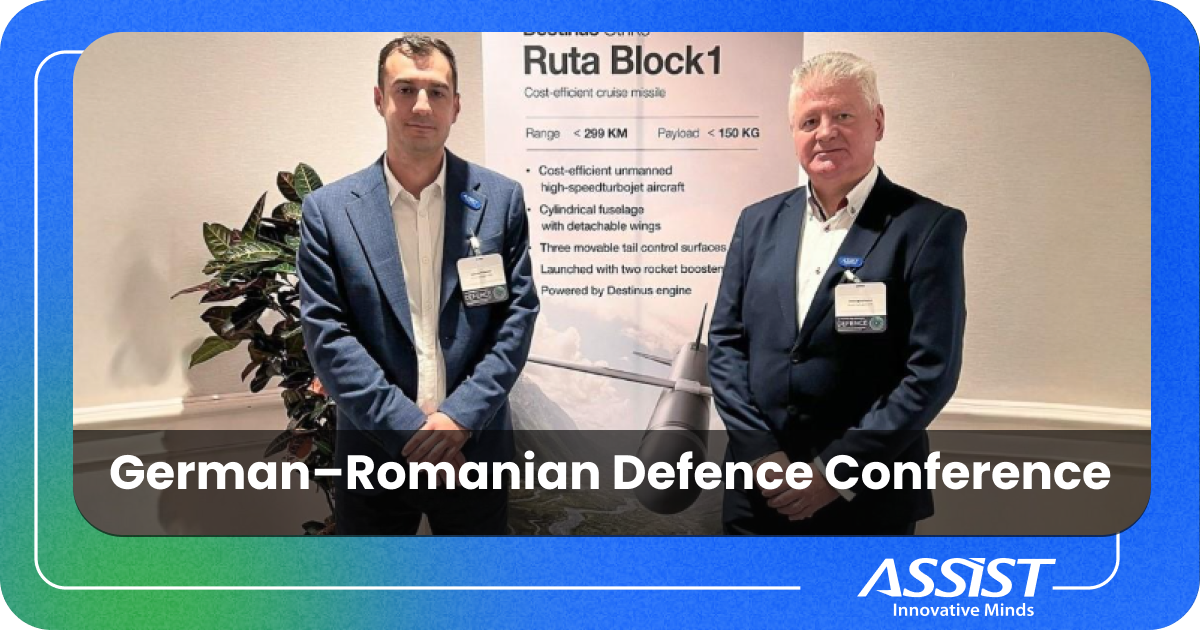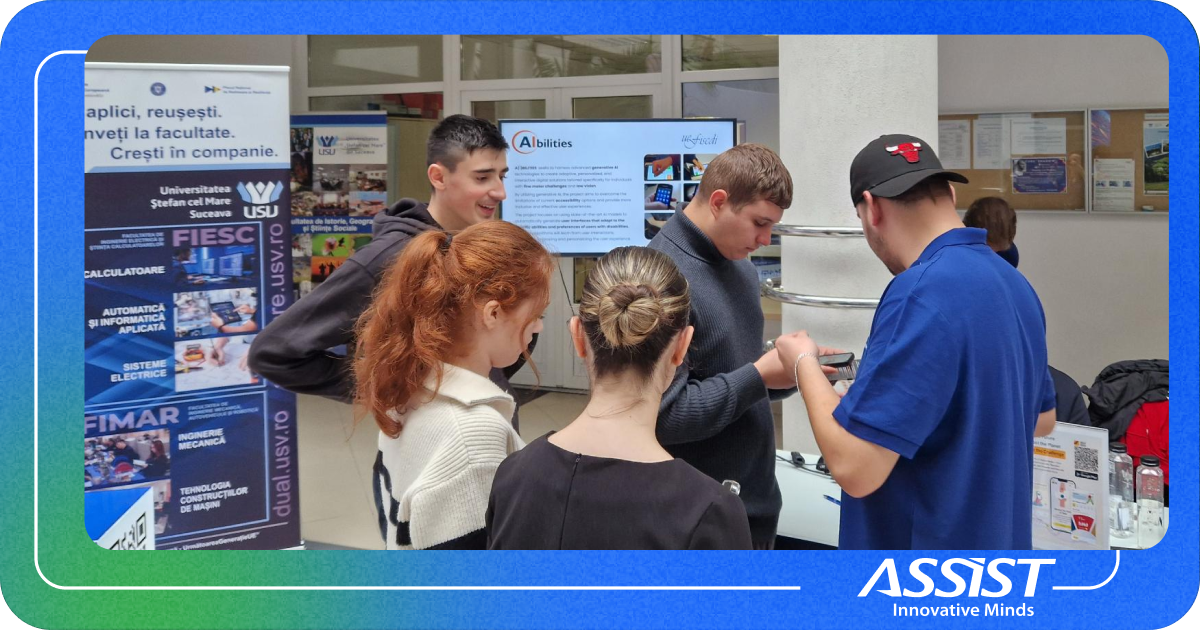EveryFish – Project Highlights and Updates

Although we have not provided recent updates on our Horizon Europe project EveryFish, the consortium has been conducting extensive research activities that will pave the way for developing technological solutions for the automatic registration and reporting of catch data collected from fishing vessels.
The consortium acknowledges the importance of ongoing dialogue with stakeholders for the successful implementation of these technologies. Consequently, a series of workshops are being held within the EveryFish project, designed to gain insights into the factors that would ease the implementation of automatic catch registration on fishing vessels. One such workshop was hosted in December 2023 in Tromsø, Norway, by the Norwegian Directorate of Fisheries and SINTEF Ocean. The event enjoyed the participation of industry representatives, who expressed frustration with the current reporting system, citing uncertainties, electronic system issues, and concerns about https://www.fiskeridir.no/English. The consortium plans to adopt a comprehensive approach, incorporating the insights gained from these workshops into the planning and implementation stages of the EveryFish tools to ensure that the results meet the end-users' needs.
In parallel, Çukurova University has been working on developing an innovative AI-driven system to estimate fish length without relying on traditional reference points. This advanced technology uses machine learning and computer vision algorithms to measure fish length directly through a cell phone camera, with no need for reference points and enabling quick measurements. The algorithms fish in images and set up relationships between morphological features and lengths, providing high precision across various fish species. The system's successful implementation offers potential benefits for the fishing industry, including accurate stock assessments, optimized fishing practices, and rapid, precise data flow for fisheries’ managers.
Furthermore, Wageningen University and Research are actively developing a system for the automated recording of discarded fish on fishing vessels. This innovative system uses a camera setup to capture images of discarded fish, leveraging deep neural networks (DNNs) to detect and estimate the weight of each fish. Despite the system's promising performance, challenges are still to be overcome before reaching complete automation. The research team is currently dedicated to creating a continuous learning system to autonomously identify new species and retrain the DNNs.
The consortium's collaborative efforts will converge towards developing comprehensive and innovative technologies that will contribute to implementing sustainable fisheries practices.
To get up to date with the most recent developments of the EveryFish project, feel free to explore the website.
We remind you that EveryFish - Digital transition of catch monitoring in European Fisheries - is a project funded by Horizon Europe - HORIZON-CL6-2021-FARM2FORK-01-11: Digital transition supporting inspection and control for sustainable fisheries (IA) program, with Grant Agreement ID number 101059892.



